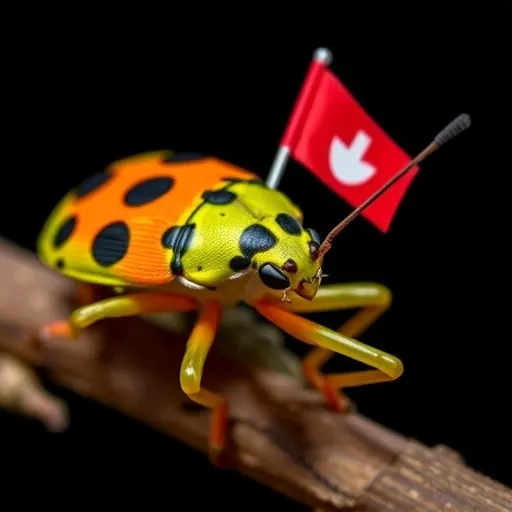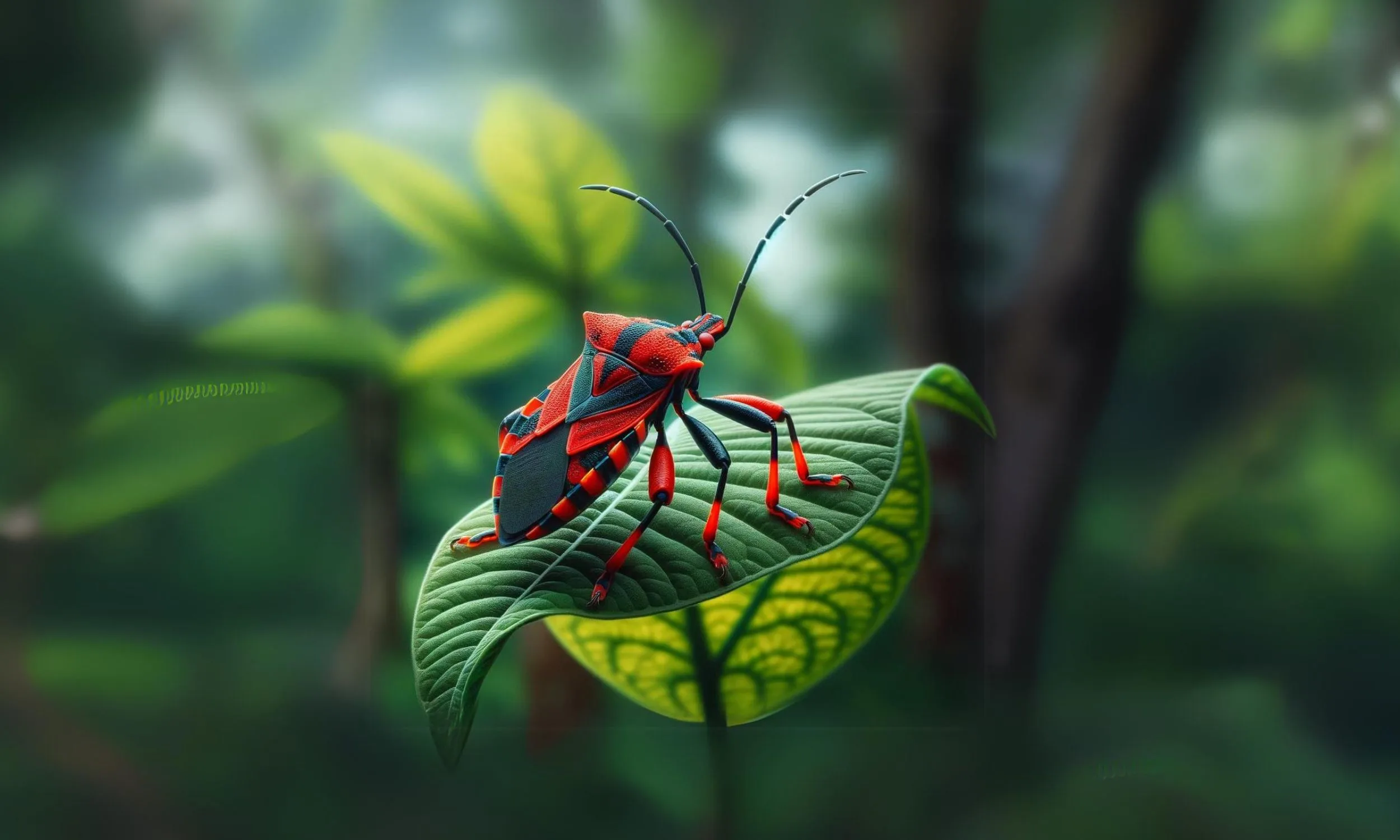New research overturns the long-held belief that the matador bug's leg-waving is a courtship ritual, revealing it as a sophisticated defense mechanism to deter predators.

October 4, 2025

Source:
SciTechDaily
Keep up with the story. Subscribe to the PR+ free daily newsletter

Source:
http://BIOENGINEER.ORG
A Predator-Provoked Display
A pivotal study by the Smithsonian Tropical Research Institute (STRI) provided concrete evidence for the defensive hypothesis. Scientists observed a dramatic change in the bug's behavior in the presence of predators.
Experimental Findings
In a controlled environment, researchers exposed matador bugs to two different insects: predatory mantids and harmless katydids. The results were stark.
The bugs increased their leg-waving seven-fold when faced with a predatory mantis.
Conversely, the waving was almost entirely absent around the non-threatening katydids.
Crucially, the predatory mantids did not attack the bugs while they were actively waving, indicating the display is a highly effective deterrent.
How the Waving Works
Scientists propose several mechanisms that could explain the display's success:
Warning Signal (Aposematism): The bright colors and motion may act as a warning, signaling that the bug is toxic or unpalatable. This toxicity is likely derived from its diet of chemically-defended passionflower vines.
Visual Confusion: The waving could create what is known as "motion dazzle," making it difficult for a predator to lock onto the bug as a target.
Intimidation: The exaggerated movements might startle a predator or mimic a larger, more threatening creature, causing it to hesitate or retreat.
Read More

Source:
http://Earth.com
Share this news:




















